Is it cheating to use varieties that were bread from natives?
gribbleton
9 years ago
Featured Answer
Sort by:Oldest
Comments (80)
gribbleton
9 years agolast modified: 9 years agoUser
9 years agolast modified: 9 years agoRelated Discussions
Which Brand and Variety of Seed Do You Use
Comments (11)There is some virus on this site tonight trying to bring up a dead website when you click on the page, including this editing area. Annoying. NTEP has three maintenance schedules. Many of the seeds report there performance on Schedule A. In their own adds they highlight a test for an obscure year. NTEP doesn't seem to rank by Schedule C, but does by A&B. I looked at the Schedule B rankings for NJ. Also had a conversation with the seed guy at Lebanon, tried to track down different seeds. It is off season, and if a distributor is stocked out, they are stocked out until March. SeedSuperstore only lists two Turf Merchants cultivars (both good ones) and a blend of those two and a third (also good). I did find Lebanon's Winning Colors, Winning Colors Plus (adds bluegrass), and SportTurf (80% specific fescues, 10% rye, 10% bluegrass about an hour away. Note, I need about 500#, shipping is an issue. I sorted the Schedule B list my NJ1, New Brunswick. Using the links you guys posted I identified the #2 Bullseye, #3 Mustang 4, and #5 Cochise IV. Now the question is it worth getting these shipped over a mix from Lebanon that includes #7 Van Gogh and an unranked on this scale DaVinci? I noticed another unranked one which was deep green and had roadside as an application. Several claim high rhizome growth, not a TTTF characteristic, and not included in the NTEP reports. All the ranked ones were 8.0 or 8.2. Could we really tell a 7.0 from an 8.0 without a back-to-back comparison? I'm wondering if getting the Winning Colors from the local distributor is the best choice. $.90 or $1.25/pound, without and with bluegrass, respectively. I guess the bluegrass nearly doubles the amount of seed. Net, probably around the same cost. SCHEDULE A (High Maintenance/Fairway) 1. Mowing height: 0.5" to 0.75" 2. Nitrogen rate (lbs. N/1000 sq. ft./growing month): 0.5 - 0.75 3. Irrigation: To prevent visual drought stress or dormancy 4. Fungicide use only if severe stand loss is possible 5. Weed and insect control to prevent stand loss SCHEDULE B (Medium Maintenance/Athletic Field) 1. Mowing height: 1.0" to 2.0" 2. Nitrogen rate (lbs. N/1000 sq. ft./growing month): 0.5 - 1.0 (high rate used during establishment only) 3. Irrigation: To prevent dormancy, only during severe stress or none 4. Fungicide use only if severe stand loss is possible 5. Weed and insect control to prevent stand loss SCHEDULE C (Home Lawn) 1. Mowing height: 1.5" to 2.5" 2. Nitrogen rate (lbs. N/1000 sq. ft./growing month): 0.3 - 0.5 3. Irrigation: None, only during severe stress or to prevent dormancy 4. No fungicides or insecticides used 5. Weed control to prevent significant stand loss 2...See MoreNative TX Gardner Needing to Use Non-Native Bamboo
Comments (6)Bummer. That said, I am not a purest about anything. I think that if most of your yard is catering to wildlife , that this will not tip the long term effect. I think that bamboo is a good dirt builder and birds love it. Wildlife is also attracted to non native species.. My only concern is the damage that it might do to the foundation over the years. The clumpers do expand out in a formidable root mass when happy. Are they allowed to build right up to the plot line? I had old ubiquitous running bamboo that we contained in retaining walls and it got above 2 floors and would have done most of the third floor. I imagine with the hanging over of the crown yours will create zones of privacy, maybe not complete privacy. I think that you will get used to it after a decade or so. I found that we are flexible humans and the allusion of privacy is often just as good as complete privacy in our minds.. Is there anything else that you can plant. I suspect that the bamboo does capture rain in the leaves and mosquitos love it or so some people say. Others say that is a myth. I had an awful mosquito problem and I had a lot of bamboo in the neighborhood. I also had a river not far away and a dry creek bed with wallows.. I read somewhere that it was the bamboo that attracted them but I have also read the opposite.....See MoreNative Persimmon from Hollybrook Orchards
Comments (18)I'll say... it's too hard to say for sure... I have some that I grafted that have a 'kink' in the trunk at the graft union, early on - but others that have a 'kink' in locations that I know are not the site of the graft union - often times where a codominant leader died back or was pruned off... or, maybe I accidentally ran over it with the bush-hog and it had to regrow... I'd ask the nurseryperson to identify the graft - and provide a variety name. 'Rosseyanka', grafted here back around 1998, died back to the main trunk this past winter. It's been long enough ago that I'm not absolutely certain how high up the trunk I grafted it, and differences in bark character between the scion and understock on this tree are not sufficiently different for me to say, "there it is!" Have numerous watersprout-type shoots popping out at the top of the trunk that I know are the cultivar and another cluster farther down the trunk, below what at this time looks like it might have been the graft union, that *might* be rootstock shoots - but leaves are not noticeably different from those originating above... I'll probably prune off the lower cluster, since their identity is suspect, and graft from and try to reconstitute the tree from the higher cluster....See MoreCrackers, Bread, from grain and seed
Comments (4)I had to look up KAF, lol. King Arthur. Good recipe! Good ideas for other flavors using a base recipe. I have the ingredients so I'll give it a go. Found the other post where I initially posted the recipes...make your own mixes? the recipes... crackers, bread, another similar bread These are gluten free, dairy free. The rest time is important but the last batch I just gave one of the trays 3 hours and they were great. I used warm water to help bloom the seed and oats....See Morewisconsitom
9 years agolast modified: 9 years agoWoodsTea 6a MO
9 years agoUser
9 years agolast modified: 9 years agowisconsitom
9 years agolast modified: 9 years agoUser
9 years agoUser
9 years agolast modified: 9 years agoWoodsTea 6a MO
9 years agoUser
9 years agolast modified: 9 years agowisconsitom
9 years agoWoodsTea 6a MO
9 years agowantonamara Z8 CenTex
9 years agolast modified: 9 years agowisconsitom
9 years agoUser
9 years agowantonamara Z8 CenTex
9 years agolast modified: 9 years agoUser
9 years agolast modified: 9 years agoTxMarti
9 years agowantonamara Z8 CenTex
9 years agolast modified: 9 years agoTxMarti
9 years agolast modified: 9 years agowisconsitom
9 years agoWoodsTea 6a MO
9 years agowantonamara Z8 CenTex
9 years agoWoodsTea 6a MO
9 years agowisconsitom
9 years agowantonamara Z8 CenTex
9 years agowisconsitom
9 years agowantonamara Z8 CenTex
9 years agoUser
9 years agolast modified: 9 years agowisconsitom
9 years agoTxMarti
9 years agolast modified: 9 years agoUser
9 years agowantonamara Z8 CenTex
9 years agowantonamara Z8 CenTex
9 years agolast modified: 9 years agowisconsitom
9 years agowantonamara Z8 CenTex
9 years agoUser
8 years agoTxMarti
8 years agolast modified: 8 years agoUser
8 years agowantonamara Z8 CenTex
8 years agowisconsitom
8 years agoUser
8 years agolast modified: 8 years agowantonamara Z8 CenTex
8 years agowisconsitom
8 years agowantonamara Z8 CenTex
8 years agogardengal48 (PNW Z8/9)
8 years agolast modified: 8 years agowantonamara Z8 CenTex
8 years agoUser
8 years agowantonamara Z8 CenTex
8 years agoagardenstateof_mind
8 years agolast modified: 8 years ago
Related Stories
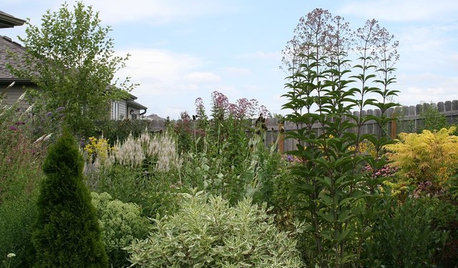
GARDENING FOR BUTTERFLIESGreat Design Plants: A Bevy of Beauties from the Meadow
Draw butterflies, birds and bees to the garden year-round with these low-maintenance Eupatorium varieties
Full Story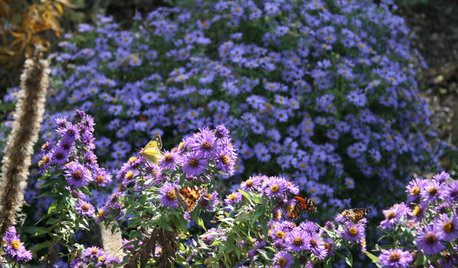
FLOWERS15 Native Flowers That Attract Butterflies
By picking plants from this list that are right for your location, you’ll get colorful blooms and support pretty pollinators
Full Story
KITCHEN DESIGNKitchen Ideas for Bread Lovers
Any way you slice it, a kitchen designed with bread in mind conveys warmth and homeyness
Full Story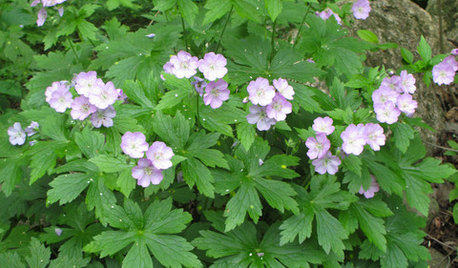
NATIVE PLANTS10 Essential Native Perennials for the Great Lakes and Upper Midwest
These adaptable native plants thrive in a variety of conditions and will provide flowers throughout the season
Full Story
GARDENING GUIDES6 New Plant Varieties That Beat Out Their Parents
With better resistance and fewer demands, these garden beauties are worth a spot on your wish list
Full Story
TREESGreat Design Plant: Southern Magnolia, Iconic U.S. Native
Massive, fragrant blooms and deep green leaves set Magnolia grandiflora apart from other large shade trees
Full Story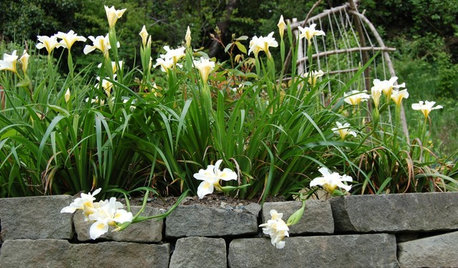
GARDENING GUIDESTop 10 Native Plants for the Pacific Northwest
More than just gorgeous and adaptable, these standout plants convey a sense of place
Full Story
GARDENING GUIDESGarden-Friendly Native Alternatives to Overplanted Exotics
There are lots of gorgeous, wildlife-friendly native plants ready to make an appearance in your garden
Full Story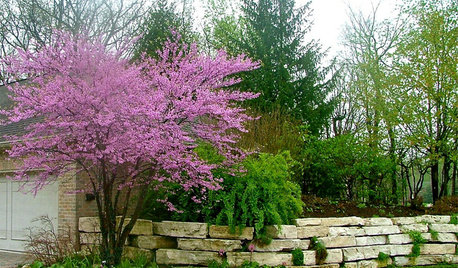
GARDENING GUIDES10 Top Mid-Atlantic Native Plants
Enjoy a four-season garden in the mid-Atlantic region with plants that will stand up to weather shifts, clay soil and the occasional deer
Full Story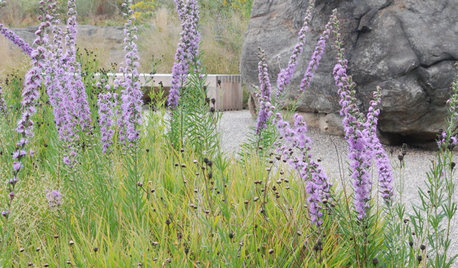
GARDENING GUIDESNative Wildflowers for the August Transition Into Fall
Keep the garden colorful with these stalwart perennials
Full StorySponsored
Professional Remodelers in Franklin County Specializing Kitchen & Bath



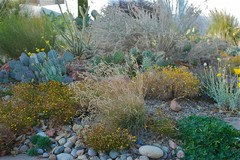



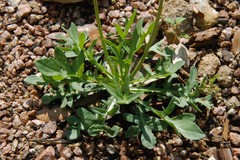

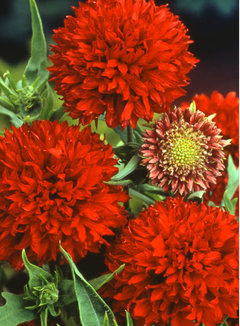
wisconsitom